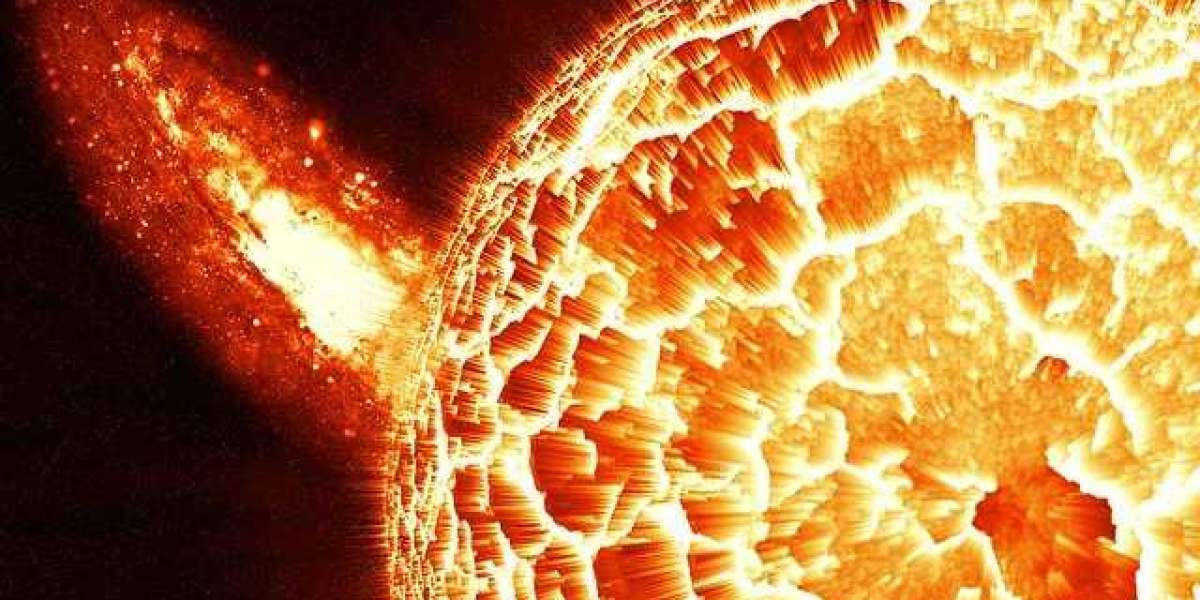Sunspots and flares will become more frequent when the Sun enters its peak activity cycle. The repercussions of a solar storm will be felt on Earth if any of the Sun's current " blowouts " are directed towards our planet. It's possible that this will happen in the next several days because the NOAA/BMO Space Weather Prediction Center and the British Meteorological Office both predict "Mild to moderate" geomagnetic storms are expected to occur during the next few days, according to the "space weather report."
Still, you don't need to be alarmed.
Since mid-January, we've had a number of solar storms, which isn't unusual. The geomagnetic activity forecast for Monday and Tuesday was last observed at the same intensity just a few days earlier (G1 and G2 on the solar storm scale, which consists of five levels ).
According to NOAA, a G2 (moderate) geomagnetic storm watch was issued for March 14 (UTC day) and a G1 (minor) watch was issued for March 15 due to the arrival of a series of coronal mass ejections starting on March 10. Northern Lights could be seen at unusual heights as a result of these occurrences, but that is not the only effect they have. Solar storms may potentially cause minor radio and power outages at higher latitudes, although these storms will not have any direct impact on human life. Some satellites may have to alter their course to prevent potential harm.
Storms here are nothing like that.
Solar storms, despite their name, are nothing like the storms we experience on Earth. The Sun's high magnetic activity generates powerful eruptions of plasma that move into space at a tremendous speed. Gases that are ionized due to the high temperatures in the solar environment are excellent conductors of electric currents. Solar storms are discharges that occur from time to time. As flares, as coronal mass ejections (CME), or both at the same time, these manifestations can have a significant impact on the Solar System's atmosphere.
The magnetic field, on the other hand, is a built-in defense for Earth. As a result, the northern lights can be seen as a result of this shield deforming when it is hit by these high-energy particles.
Eleven-year saga of mystery
The solar maximum and minimum, which occur every 11 years on average, mark the high and low points of the star's activity cycle. When the Sun's magnetic poles switch places, the solar minimum occurs, in which the Sun's magnetic field is weakest. A solar minimum occurred in December of this year.
As a result, our star's magnetic field is currently at its strongest point. We should expect an increase in sunspots, solar flares, and CMEs as a result of the Sun's magnetic field controlling its activity. Temporary magnetic fields that form when the Sun's magnetic field is "entangled" (Sunspots) are the result.
Around the middle of the year 2025, the sun will be at its most intense. However, other academics have suggested that we may be entering a fairly intense cycle. However, experts believe that for the time being, it's best to keep a level head. And if auroras reach our heights, enjoy the sky's illuminations.



